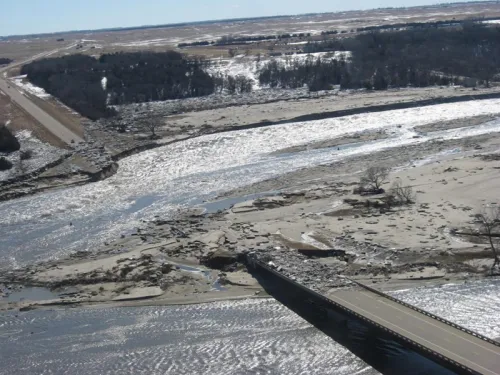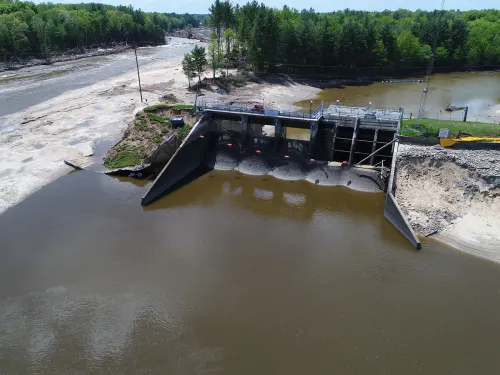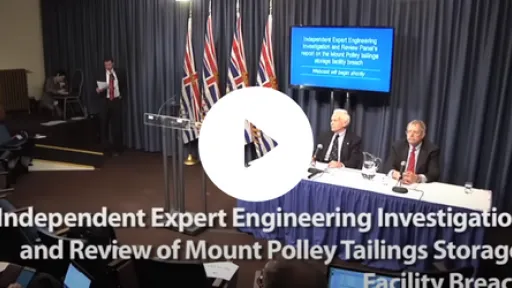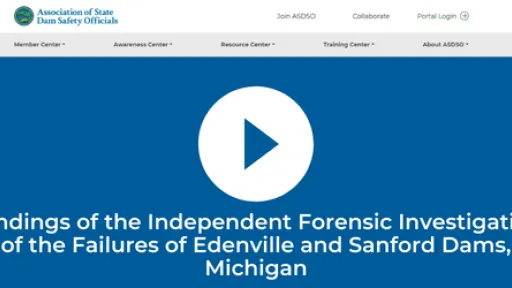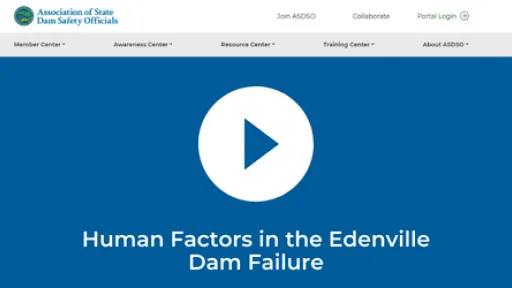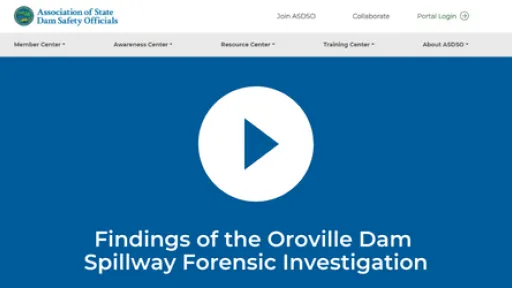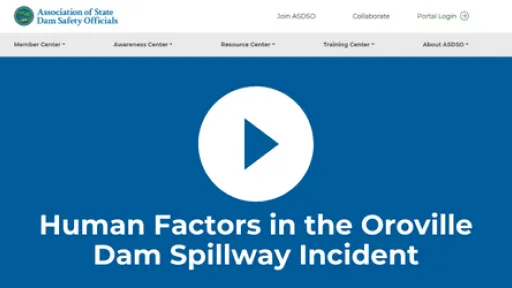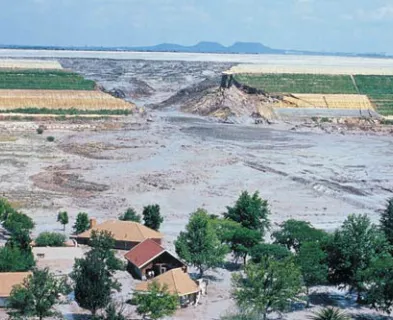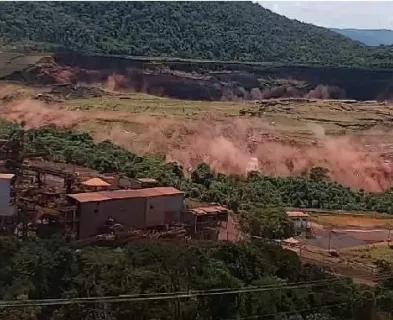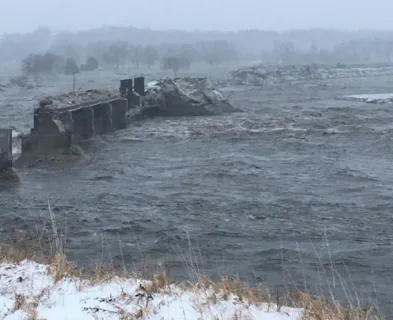Forensic investigations are needed for major dam failures and incidents in order to determine the history of the contributing physical and human factors, and the culminating physical failure modes and mechanisms.
Investigations of major dam failures and incidents have often been performed, but not in all cases. The Investigations page on this website provides access to dozens of forensic investigation reports covering more than 40 failures and incidents going back to the 1920s. These investigations and their findings and recommendations have sometimes supported the creation and adoption of major federal and state dam safety regulations.
Investigations should be independent and properly conducted, or they risk the loss of stakeholder and public confidence [1], findings that may be inaccurate, and recommendations that may not be appropriate. Few organizations currently have processes and policies in place to automatically conduct an investigation following a major dam failure or incident. The Association of State Dam Safety Officials (ASDSO) Dam Failures & Incidents Committee has developed the first guideline for conducting dam failure and incident investigations [2]. This guideline also includes recommendations for responding immediately after the event. In general, it is recommended that investigations be conducted if:
- A dam failure causes loss of life or serious injury.
- Many people were evacuated.
- There were significant economic, cultural, or environmental impacts beyond that of the dam owner.
- There are likely technical lessons to be learned (e.g., understanding an unusual failure mode). Even if the event was an incident or "near miss" and not a complete failure of a dam, an investigation might be beneficial to identify lessons to be learned by the dam safety industry to prevent future failures.
- There was a federally-declared disaster or emergency associated with the dam failure.
- There is a substantial public interest, and there was substantial media coverage of the event.

To better ensure the success of a forensic investigation, the following practices are recommended:
- The investigation team members should be identified and recommended by an independent organization/group.
- The investigation team members should be recognized experts in their fields and should have forensic investigation experience.
- The investigation should be adequately funded.
- The scope of the investigation should be well defined for the team.
- The investigation should have a relatively short schedule for completion (e.g., within one year), and the forensic team members should commit to meeting the schedule as a requirement for being on the team.
- The investigation team members and their employers should be independent of the stakeholders associated with the dam. They should sign statements indicating no conflicts of interest, such as prior involvement with the dam or a business relationship with any of the dam owners.
- The investigation should begin quickly after a failure, preferably within several weeks and ideally within a few days.
- The forensic team should visit the site.
- The forensic team should interview individuals who witnessed the event, as well as others who may be able to provide useful information; the interviews should preferably be conducted separately with individual interviewees rather than with groups of interviewees.
- The investigation should include human factors in its scope [3] – how did judgments, decisions, actions, and inactions at individual, group, organizational, and industry levels contribute to the failure? These human factors may extend to previous dam owners, the dam operator, or the regulator.
- The investigation report should be made public, and efforts should be made to disseminate its lessons learned throughout the dam safety industry.
References
This lesson learned summary was peer-reviewed by Nathaniel Gee, P.E., Tennessee Valley Authority and Irfan Alvi, P.E., Alvi Associates, Inc.
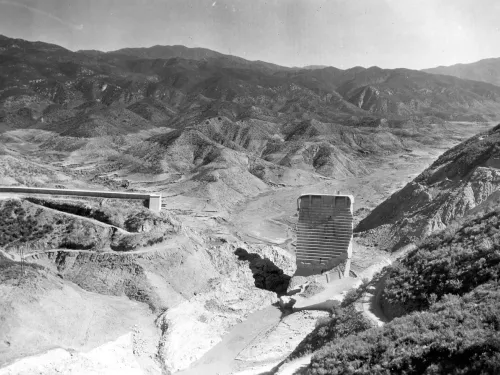
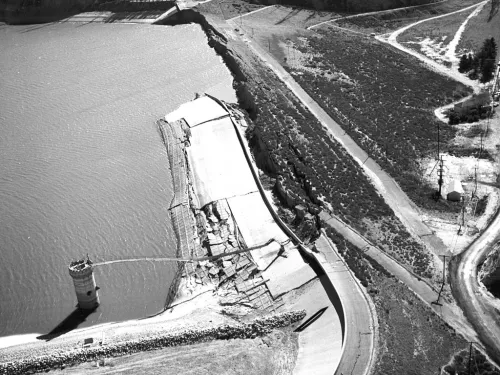
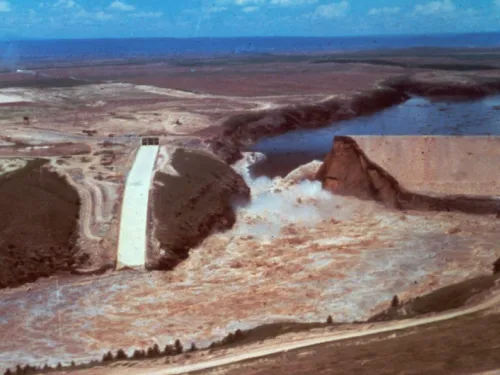
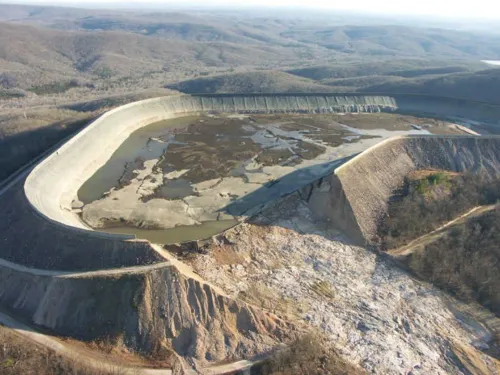
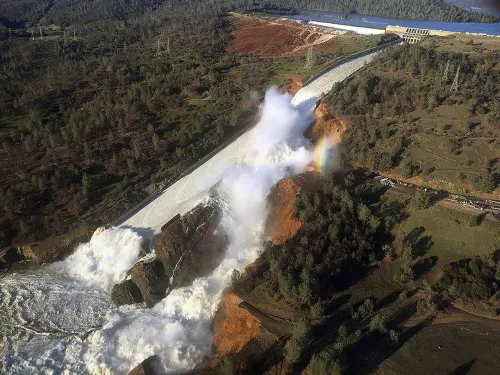
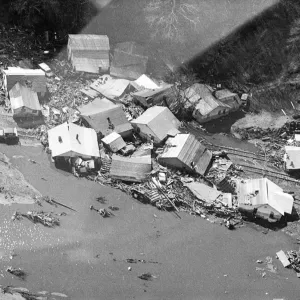
Buffalo Creek Dam (West Virginia, 1972)
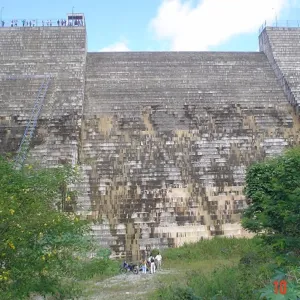
Camará Dam (Brazil, 2004)
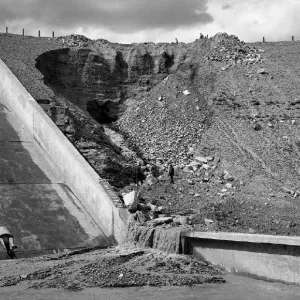
Fontenelle Dam (Wyoming, 1965)
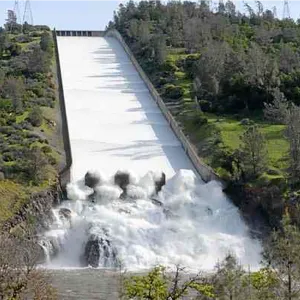
Oroville Dam (California, 2017)
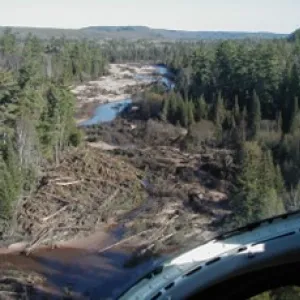
Silver Lake Dam (Michigan, 2003)
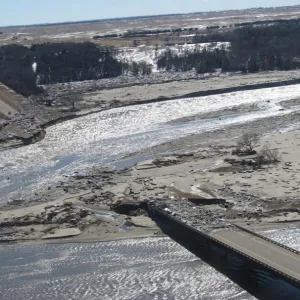
Spencer Dam (Nebraska, 2019)
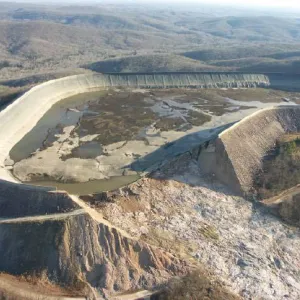
Taum Sauk Dam (Missouri, 2005)
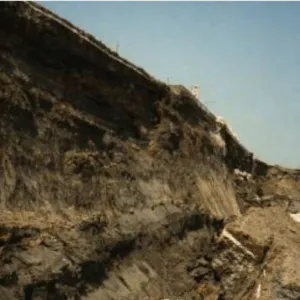
Carsington Dam (United Kingdom, 1984)
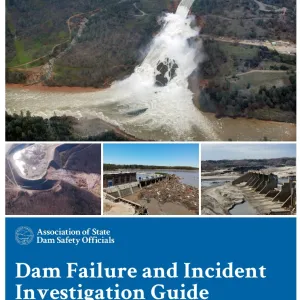
Dam Failure and Incident Investigation Guide (v2.0)
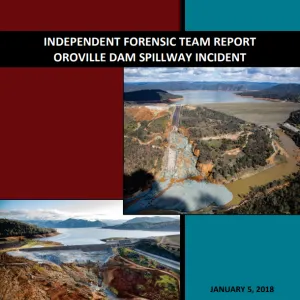
Independent Forensic Team Report for Oroville Dam Spillway Incident
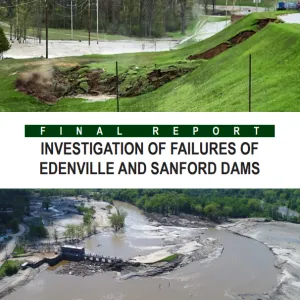
Investigation of Failures of Edenville and Sanford Dams - Final Report
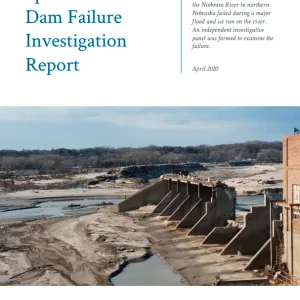
The Dam Incident and Failure Investigations page on this website provides access to dozens of forensic investigation reports covering more than 40 failures and incidents going back to the 1920s.

